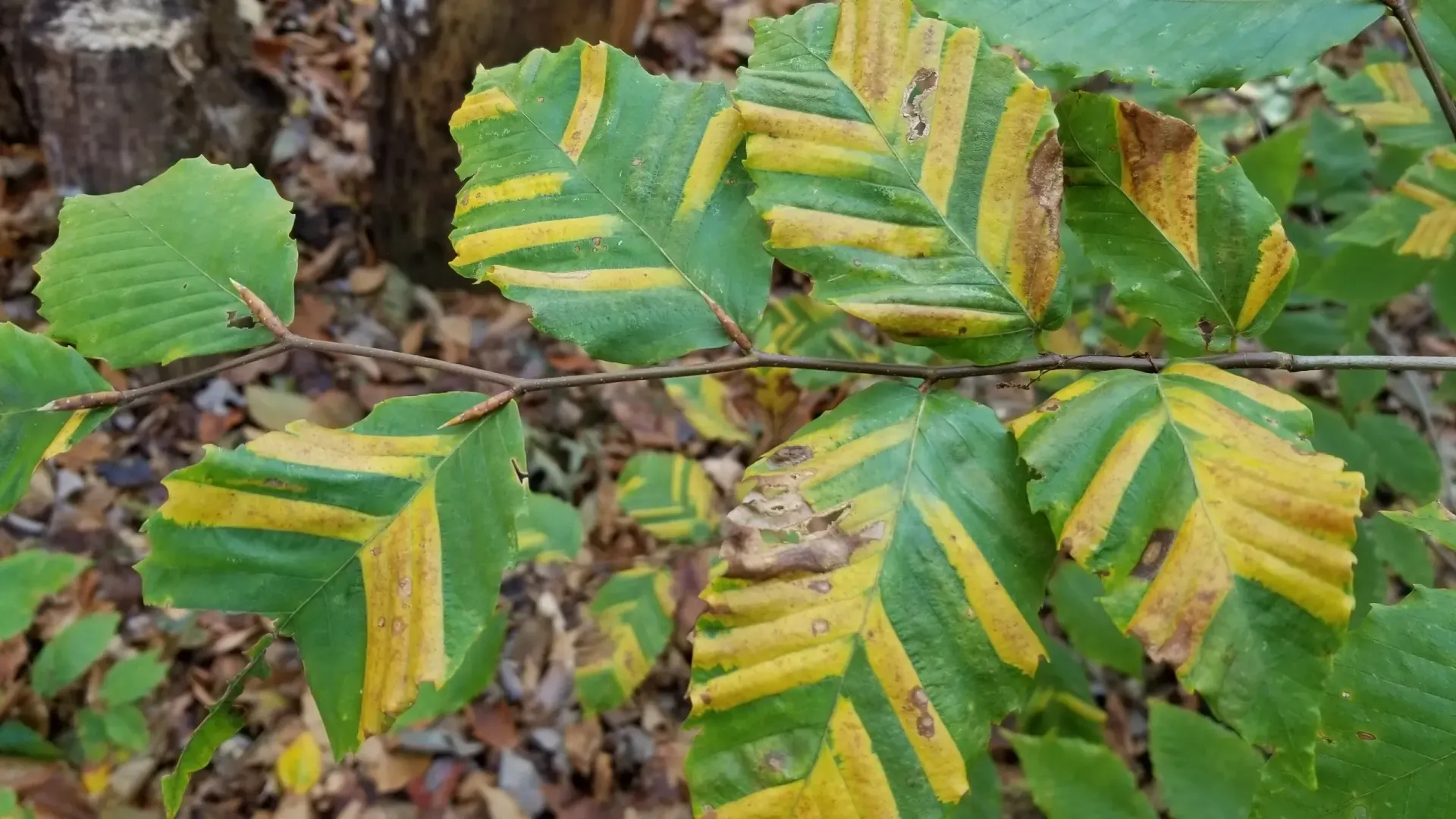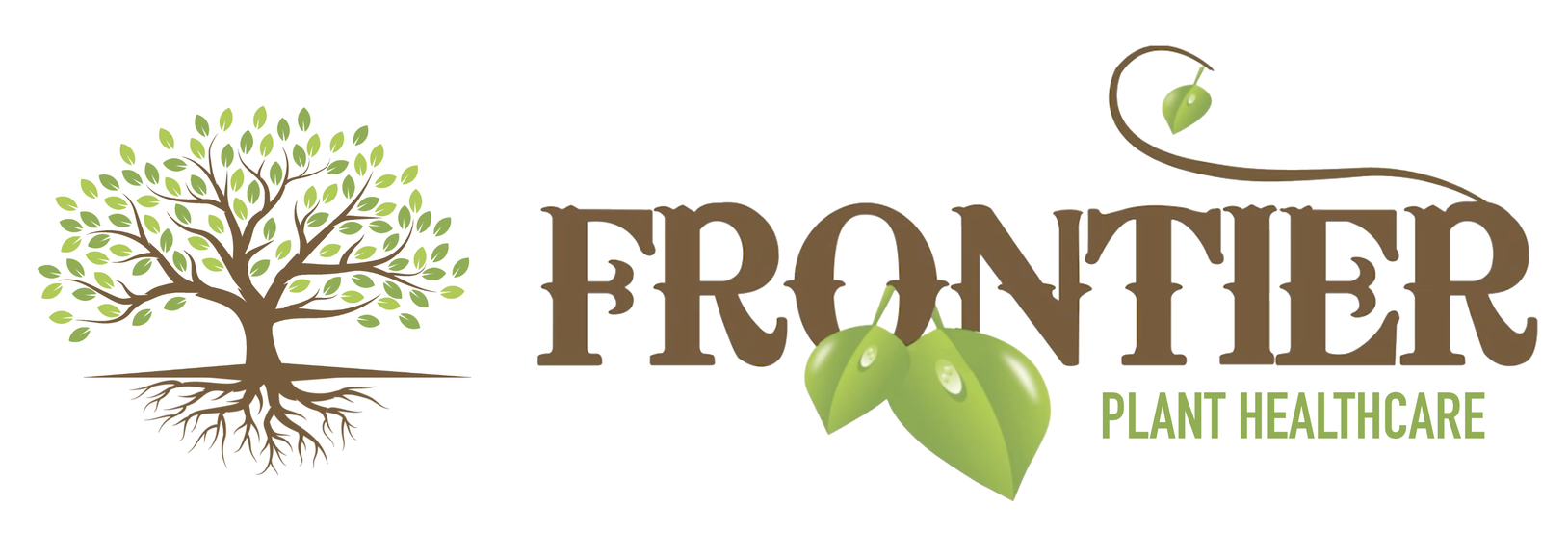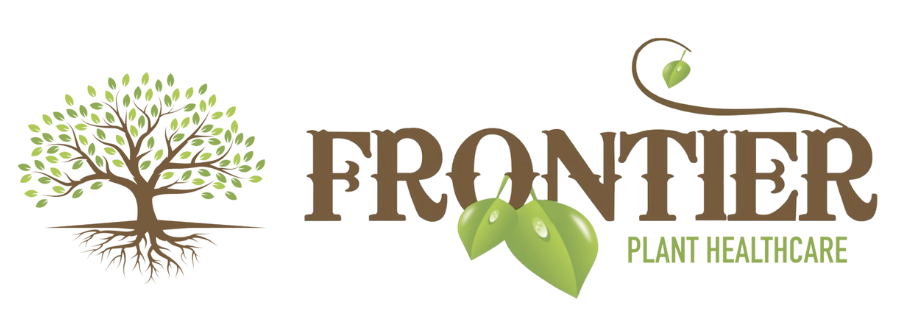How to Protect Your Trees from Common Pests in New Jersey

NAVESINK, NJ – Trees are a vital part of any landscape, providing shade, beauty, and environmental benefits. However, in New Jersey, several pests threaten the health and longevity of trees, often causing irreversible damage if left unchecked. Experts at Frontier Plant Healthcare emphasize the importance of early detection and proactive pest management to keep trees strong and thriving.
The Most Common Tree Pests in New Jersey
Understanding which pests pose the greatest risk to trees in the region is the first step toward effective prevention. Here are some of the most damaging culprits:
1. Emerald Ash Borer (EAB)
🪲 What It Does: This invasive beetle burrows into ash trees, disrupting their ability to transport nutrients and water, eventually leading to death.
🔍
Signs of Infestation: Thinning canopies, “D”-shaped exit holes in the bark, and excessive woodpecker activity.
✅
Prevention & Treatment: Professional tree injections, maintaining tree health, and removing infested trees to prevent further spread.
2. Spotted Lanternfly
🦋 What It Does: Though not a direct tree killer, the Spotted Lanternfly feeds on sap, weakening trees and making them vulnerable to disease. It primarily affects maples, black walnut, and fruit trees.
🔍
Signs of Infestation: Sticky honeydew residue, sooty mold growth, and clusters of red-winged insects on tree trunks.
✅
Prevention & Treatment: Scraping off egg masses, applying tree banding traps, and using targeted organic treatments.
3. Gypsy Moth Caterpillars
🐛 What It Does: These voracious caterpillars defoliate trees, particularly oaks, leading to stress and increased susceptibility to disease.
🔍
Signs of Infestation: Leaf loss, silky egg masses on tree trunks, and an influx of caterpillars on foliage.
✅
Prevention & Treatment: Natural predators (such as birds and beneficial insects), insecticidal soaps, and tree trunk barrier bands.
4. Aphids
🦠 What It Does: These tiny insects suck sap from trees, weakening growth and leaving behind a sticky residue that attracts mold.
🔍
Signs of Infestation: Curling leaves, yellowing foliage, and a buildup of honeydew (which attracts ants).
✅
Prevention & Treatment: Encouraging natural predators like ladybugs, pruning infested branches, and using neem oil sprays.
5. Scale Insects
⚪ What It Does: Scale insects attach themselves to trees and suck nutrients from the bark, leading to wilting and branch dieback.
🔍
Signs of Infestation: Small, shell-like bumps on tree bark, yellowing leaves, and slow tree growth.
✅
Prevention & Treatment: Horticultural oils, beneficial insect release (such as parasitic wasps), and proper pruning techniques.
Proactive Steps to Keep Your Trees Pest-Free
While some pests are inevitable, regular tree maintenance can significantly reduce the risk of infestations. Here’s what you can do:
🌳
Schedule Regular Tree Inspections – A certified arborist can identify early signs of pest problems before they become severe.
💦
Maintain Tree Health – Healthy trees are more resistant to pests. Ensure proper watering, fertilization, and soil care.
🐞
Encourage Natural Predators – Birds, ladybugs, and predatory wasps help keep pest populations in check.
✂️
Prune & Remove Infected Areas – Cutting away infested branches prevents pests from spreading to healthy parts of the tree.
🌱 Use Organic Pest Control – Safe, eco-friendly treatments, such as neem oil and insecticidal soaps, target pests without harming beneficial wildlife.
Protect Your Landscape with Expert Tree Care
Your trees are one of your property’s most valuable assets—don’t wait until pests cause irreversible damage. At Frontier Plant Healthcare, we offer customized pest management solutions that protect trees using organic, environmentally safe treatments.
Schedule a tree health assessment today and safeguard your landscape!
📍
Frontier Plant Healthcare
📞
(732) 671-0372
📧
debaslavin@gmail.com
🌐
www.frontierplanthealthcare.com




